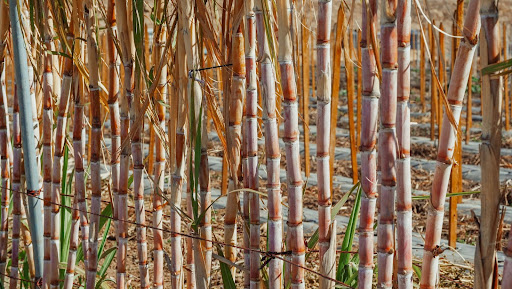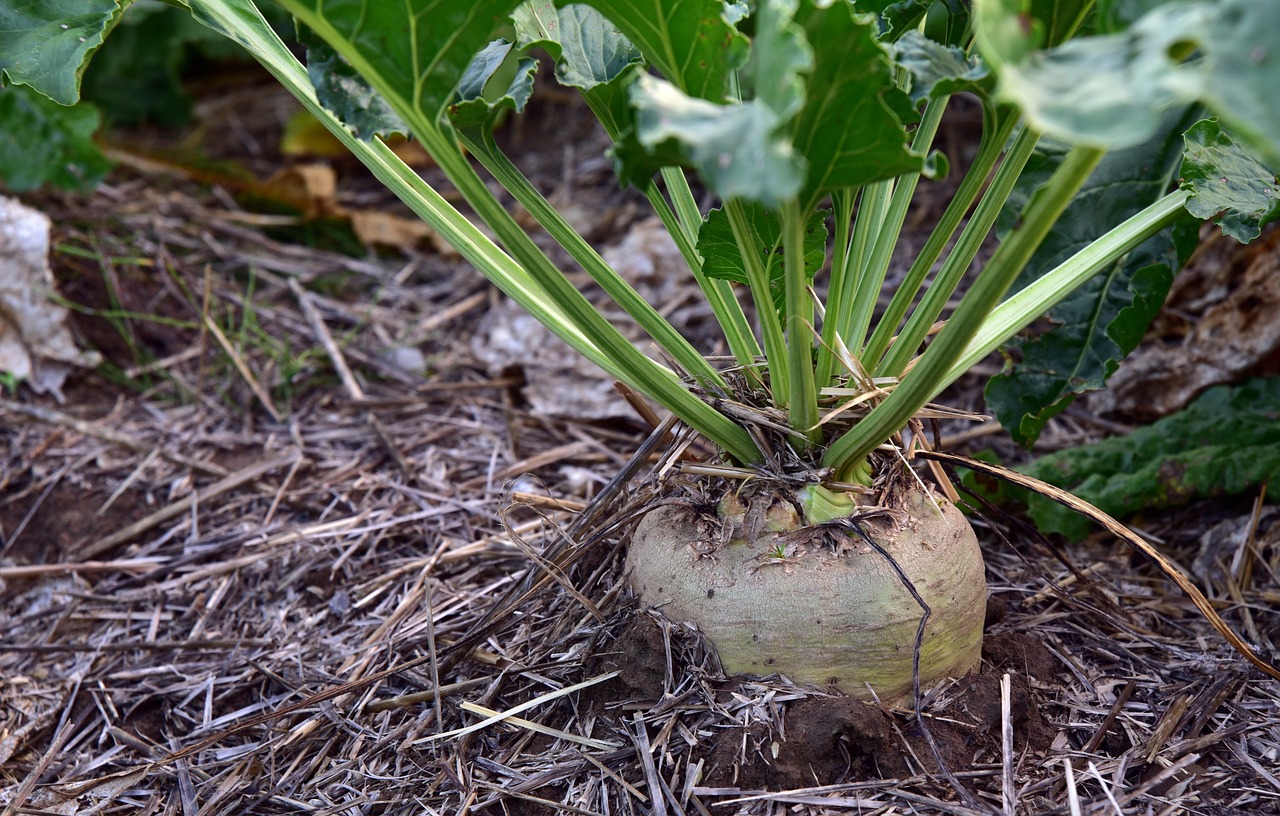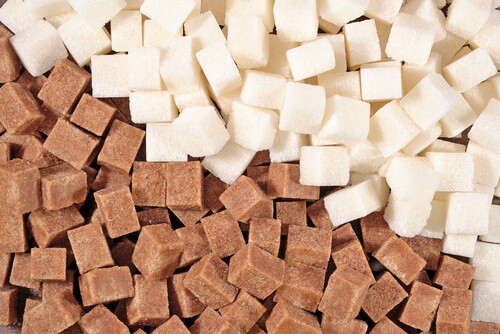FAQ: The frequently asked questions about sugar beet vs sugar cane answered
Recognizing Sugar Beet Vs Sugar Cane: Trick Differences and Their Significance in the International Sugar Industry
The distinctions between sugar beet and sugar cane are significant in the context of the global sugar market. Their differing climatic demands influence where they can be grown, while their unique dietary accounts affect consumer preferences. Additionally, the financial ramifications of each crop shape market dynamics. Understanding these differences is vital for realizing the more comprehensive impacts on manufacturing and supply chains. What additional intricacies emerge when considering their roles in the sector?
Climate and Geographic Flexibility
Sugar beet and sugar cane display unique climate and geographical adaptability that affects their cultivation. Sugar beet flourishes in warm environments, requiring trendy weather for excellent growth. It is primarily grown in areas such as Europe and North America, where problems favor its growth throughout spring and autumn. On the other hand, sugar cane embellishments in tropical and subtropical environments, necessitating cozy temperature levels and bountiful rains. This plant is chiefly grown in nations like Brazil, India, and Australia, where the environment sustains its lengthy growth cycle.The differing flexibility of these plants influences not only their geographical distribution but also the agricultural techniques utilized by farmers. Sugar beet's strength to chillier temperatures permits earlier planting, while sugar cane relies upon a much longer expanding period to accomplish optimal return. Understanding these weather choices is necessary for enhancing production and making sure food safety and security in areas dependent on these essential sugar sources.
Growing and Gathering Strategies

Cultivating sugar beet and sugar cane includes distinct methods tailored to each crop's particular development needs. Sugar beet is normally planted in trendy, warm climates, requiring well-drained soil and precise spacing to enable for optimal origin growth. Sugar beet vs sugar cane. Farmers usually use mechanical planters to assure consistent seed placement, adhered to by routine irrigation and weed management techniques to sustain growth.In comparison, sugar cane flourishes in warmer environments and is generally circulated with stem cuttings rather than seeds. Growing happens in rows, enabling adequate sunlight and airflow. Harvesting sugar cane is labor-intensive, often entailing manual cutting or making use of specialized machinery, depending upon the scale of production. Conversely, sugar beet harvesting employs mechanical harvesters that remove the origins from the dirt, reducing damage and assuring a cleaner item. Both crops require mindful administration to make the most of return and top quality, showing their importance in the global sugar sector
Handling Techniques and Performance
Processing approaches for sugar beet and sugar cane expose essential distinctions that impact performance and return. Sugar beets go through a series of steps, starting with cutting the root right into thin cossettes, adhered to by removal of juice with diffusion or pressing. This juice is after that cleansed, concentrated, and taken shape, resulting in granulated sugar. The process normally takes regarding 5-10 hours from collecting to crystallization.In contrast, sugar cane processing includes squashing the stalks to draw out juice, which is after that warmed and cleared up. The juice undergoes dissipation and condensation, often taking much longer than beet handling as a result of the coarse nature of the cane. In addition, sugar cane can be processed continually, improving effectiveness.
Economic Impact and Worldwide Production Trends
The differences in processing methods check it out between sugar beet and sugar cane not only influence efficiency yet likewise have considerable financial implications. Sugar cane dominates in exotic areas, offering lower production prices as a result of positive weather problems and lower power demands. On the other hand, sugar beet is mainly grown in temperate zones, where higher manufacturing costs are frequently incurred. This geographical variation influences international supply chains, influencing pricing structures and availability.Recent fads show a rising and fall global demand for sugar, with both plants experiencing price volatility. As nations objective for self-sufficiency, investments in local sugar beet production have increased, especially in Europe and North America. Developing nations continue to depend greatly on sugar cane, driven by export possibility. In general, the economic influence of these plants is profound, forming agricultural policies, profession contracts, and the sustainability of the global sugar market.
Nutritional Profiles and Health Considerations
While both sugar beet and sugar cane serve as main sources of sucrose, their dietary profiles and health and wellness considerations differ substantially. Sugar cane, typically regarded as a more all-natural sugar, contains trace amounts of nutrients, including calcium and potassium, along with helpful site antioxidants. On the other hand, sugar beet is primarily made up of sucrose with marginal dietary worth, but it is abundant in fiber and particular phytonutrients, which may use digestive system benefits.Health factors to consider surrounding both sources concentrate on their high glycemic index and prospective ramifications for weight problems and diabetic issues. While both kinds of sugar add to calorie intake, the handling techniques can affect their health and wellness impact. Sugar beet typically undertakes substantial refining, while sugar cane may maintain more of its natural compounds in less processed forms, such as raw cane sugar. Ultimately, small amounts is crucial when including either into continue reading this a well balanced diet plan.
Regularly Asked Questions

Which Regions Largely Grow Sugar Beet Versus Sugar Cane?
Regions mostly expanding sugar beet consist of Europe and North America, while sugar cane flourishes in exotic and subtropical locations such as Brazil, India, and Southeast Asia. Environment and dirt conditions substantially affect these farming patterns.
How Do Sugar Beet and Sugar Cane Differ in Taste?

What Are Typical By-Products of Sugar Beet and Sugar Cane?
Usual by-products of sugar beet consist of molasses and animal feed, while sugar cane yields bagasse, molasses, and ethanol. Both crops contribute significantly to various markets, enhancing sustainability and financial value past their key sugar production.
Exactly How Do Environmental Aspects Affect Sugar Beet and Sugar Cane Returns?

What Is the Historic Relevance of Sugar Beet and Sugar Cane Farming?
The historical significance of sugar beet and sugar cane farming lies in their functions in global economies, agricultural techniques, and profession. Both plants formed social structures, affected colonial policies, and contributed to the development of contemporary markets.